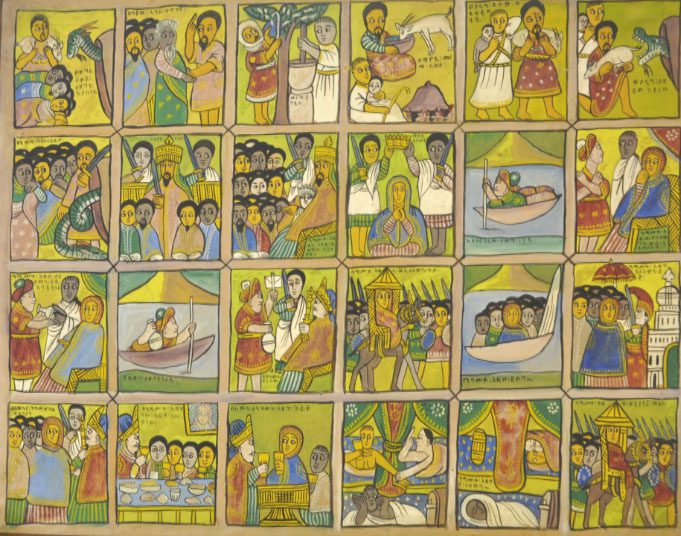Troni e arredi in pietra, o in altri materiali più deperibili, erano oggetti largamente diffusi nella cultura sudarabica. Ne sono testimonianza i numerosi reperti, nonché la tradizione letteraria riguardante il leggendario trono della Bilqis, ossia della regina di Saba.
Troni interi e allo stato di frammenti sono stati trovati in numerosi siti delle varie regioni storiche dell’Arabia meridionale antica, e anche in Etiopia. Cronologicamente sono da collocare entro un ampio arco di tempo che si estende dall’ VIII secolo a.C., se non prima, sino alla tarda antichità, quando tale tipologia strutturale trova un’evoluzione nel pulpito ecclesiastico e forse anche nel minbar islamico.
La funzione specifica del trono sud arabico ci è ignota. Non è escluso che potesse servire a vari scopi: come sedile del re (secondo quanto viene suggerito da iscrizioni scolpite su alcuni arredi), come simbolo della sua autorità, come ex-voto collocato nel santuario o come simbolo di una presenza divina. Il fenomeno del trono vuoto trovò ampia diffusione nell’antichità, sia nell’oriente antico, sia in periodo romano e bizantino. Concepito come seggio di una divinità invisibile era collegato con il culto divino, con il culto degli eroi o, simbolicamente, con la presenza del sovrano. Esso trova una lontana analogia nella Cattedra Petri della basilica vaticana.
Esistono diverse tipologie di troni sud arabici. I modelli esposti nella sala sudarabica del Museo appartengono a quelle del trono monolitico con raffigurazioni di stambecchi stilizzati in altorilievo e al trono a decorazione architettonica con motivo a nicchia e finestre false (al centro della saletta). Quest’ultimo è stato ricostruito sperimentalmente seguendo un modello proposto da Jacqueline Pirenne nel 1965.
The Southern Arabian Thrones
Thrones and pieces of furniture in stone, or other more perishable materials, were subjects very common in the Southern Arabian culture. Numerous findings and moreover the literary tradition concerning the legendary throne of Bilqis, that is the Queen of Sheba, testify their distribution.
Entire thrones or fragments of them were discovered in many sites of the various historical regions of ancient Southern Arabia and in Ethiopia, too. Chronologically these furnishings can be attributed to a wide range of time running from the VIII century B.C., if not earlier, down to the late antiquity. Then this structure developed into the ecclesiastical pulpit and possibly into the Islamic minbar.
The specific function of the Southern Arabian throne is unknown. It cannot be excluded that it had in fact various purposes. Possibly it served as the king’s chair, which is suggested by inscriptions carved on some of the furnishings, as symbol of his authority, as votive offering placed in a sanctuary or as symbol of a divine presence. The phenomenon of the empty throne had been widespread in antiquity in the Orient and in the Roman and Byzantine period. The empty throne had been understood as seat of an invisible deity connected with the divine cult, the cult of the heroes or symbolically as the presence of the emperor. It presents a distant analogy with the Cattedra Petri of the Vatican basilica. There are different typologies of the Southern Arabian thrones. The models exhibited in the Southern Arabian Hall of the Museum belong to the typology of the monolithic throne with representations of stylized ibexes in high-relief and to the throne with architectural decoration with the motive of the niche and false windows. The last one has been experimentally reconstructed after a model proposed by Jacqueline Pirenne in 1965.
